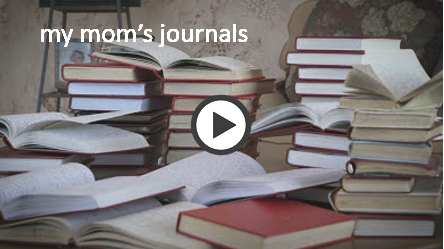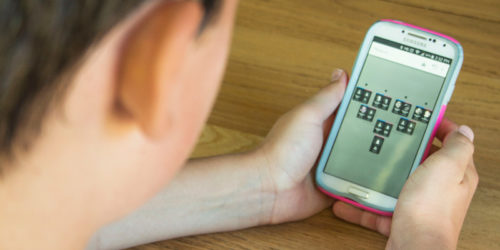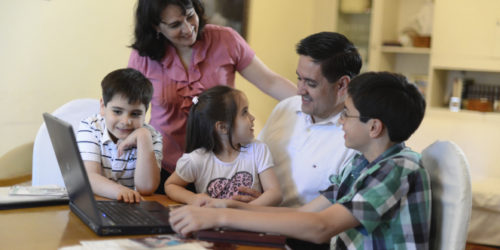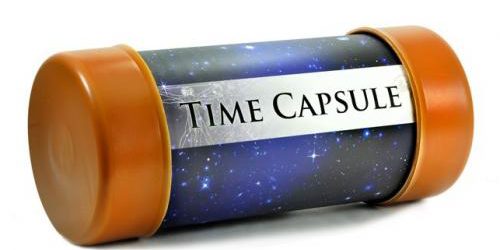Indexing in Other Languages: An Ever-Growing Need
 A few days ago, my wife decided to do some indexing via FamilySearch while I was messaging my grandmother. As we were talking, I mentioned that my wife was indexing, and my grandmother made the following comment in response: “We’re running out of indexing projects for English.” This comment stuck out to me, knowing what I know about my grandmother. For about a decade, my grandmother has been serving as a family history missionary and has some close connections with FamilySearch.
A few days ago, my wife decided to do some indexing via FamilySearch while I was messaging my grandmother. As we were talking, I mentioned that my wife was indexing, and my grandmother made the following comment in response: “We’re running out of indexing projects for English.” This comment stuck out to me, knowing what I know about my grandmother. For about a decade, my grandmother has been serving as a family history missionary and has some close connections with FamilySearch.
To hear that from my grandmother made me rethink about how I approached indexing. A couple of years, I have been somewhat hesitant about indexing records recorded in another language because, well, I am not fluent in any. English is preferable because I can understand it. This reasoning is probably very common among most indexers, especially new and upcoming ones. Because of this massive effort to index English records, we are running low on English records that need to be indexed. While this is great news, this also means that many other records written in different languages are left behind, collecting dust, so to speak. In an ever-growing world of diversity, with people coming from all ethnic and national backgrounds, these oft-forgotten records need to be indexed and made searchable, so others can read and learn about their ancestry.
So, the question is this: What can a person do, who is fluent only in English, to help index these records? Is it absolutely necessary to learn a new language in order to help out? At least with FamilySearch, the answer to that is not really, for a couple of reasons.
For one, FamilySearch Wiki has several genealogical word lists located here. These pages organize words in a language and its English translation alphabetically and categorically. If you are indexing a batch in a different language and have no idea what you are reading, you can visit one of these word lists and figure out what you are reading. While these word lists are also useful for other genealogical purposes, they can help you to identify what kind of information is recorded in your indexing batch.
Let me share a personal example to illustrate. When I decided to jump back into indexing a couple of years ago, I found a batch of church records from South Africa. The language said it was in English, but when I opened up the batch, it was in Afrikaans, a language that I didn’t know existed! Thankfully, the project instructions had a link to the Afrikaans word list and I was able to understand words like ‘geboorte,’ ‘doop,’ and ‘aangeneem.’ They mean essentially ‘birth,’ ‘baptism,’ and ‘adoption.’ This not only enabled me to understand what I was indexing but also to appreciate how the Dutch Reformed Church’s records viewed membership as an ‘adoption,’ or ‘born again,’ as seen here.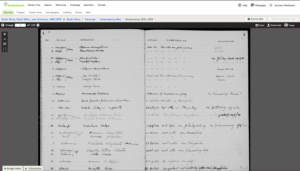
The other issue has to do with paleography, or the study and deciphering of handwriting. In addition to reading in different languages, handwriting can also complicate any indexing efforts, especially if it looks like chicken scratches or spaghetti noodles. Fortunately, FamilySearch has some resources that can help you to better read various kinds of handwriting, especially in unfamiliar languages. In their Indexing Help Center, FamilySearch has a section called Language Resources and Handwriting Helps.
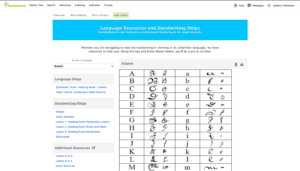 Here, you can select a language and learn how their alphabet would look in handwriting. There are also plenty of resources on the left, including videos and articles, that can help you to know how to best index these records.
Here, you can select a language and learn how their alphabet would look in handwriting. There are also plenty of resources on the left, including videos and articles, that can help you to know how to best index these records.
In addition to all of this, you can always contact other genealogists and indexers through the FamilySearch Community and get help with indexing your records. You can join a group and/or post questions about the batch you are indexing, especially if it is in a different language. If someone asks to see and help you with the batch, you can do that by going into your batch, clicking ‘Share Batch,’ and sharing the web link or the batch code with them. Remember, family history is a group effort, and we can all pitch in to help, regardless of where we are at in life.
For more information on indexing in other languages , see The Family History Guide, FamilySearch Project 5 Goal 4, Choices B and C here.

